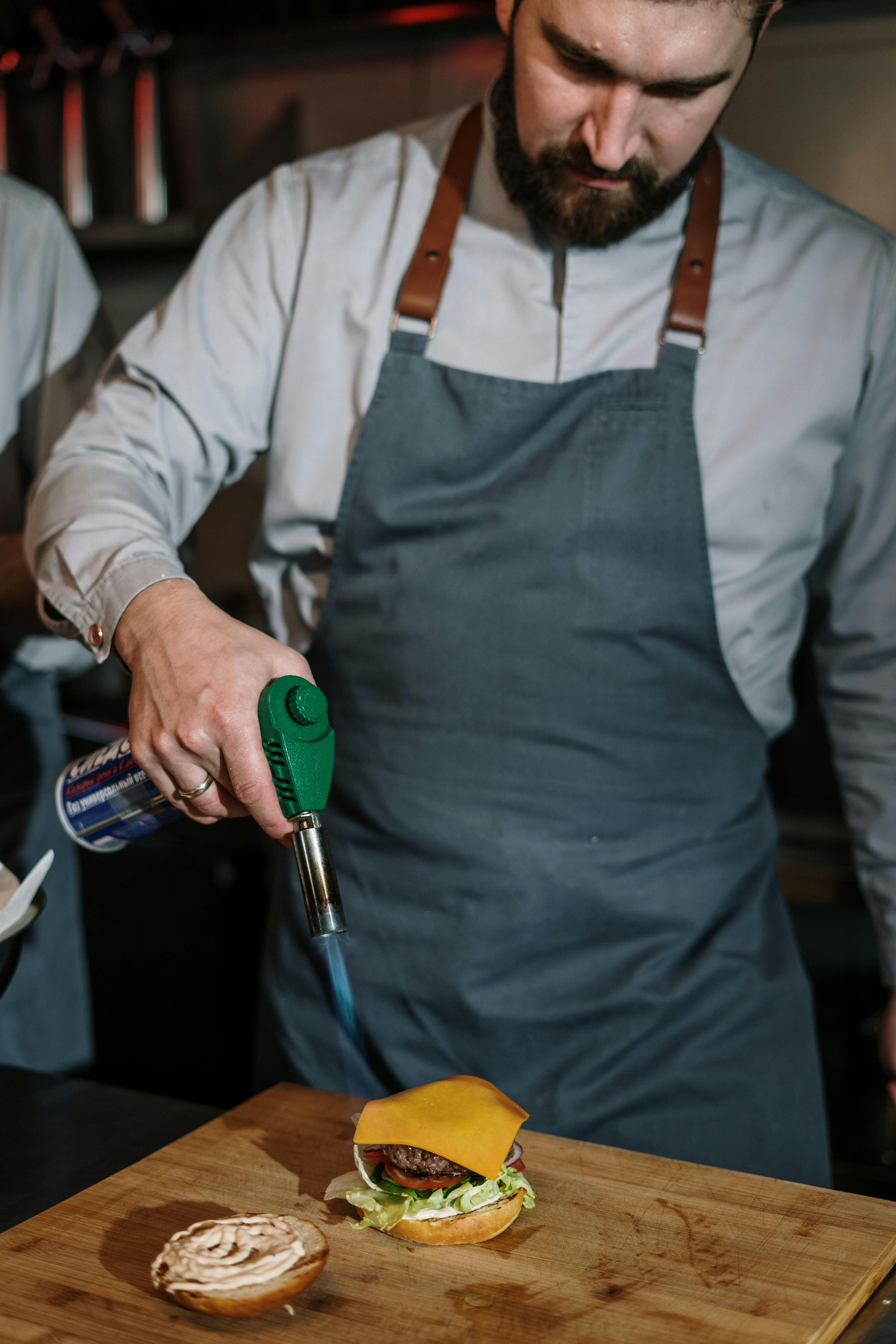
How to Protect Pets from Eating Chocolate: Essential Tips for 2025
With the festive season approaching, the temptation for treats tends to increase in households. Chocolate, a beloved indulgence for many, can pose a severe risk to our animal companions. Theobromine, a compound found in chocolate, is particularly toxic to numerous pets, including dogs, cats, and small mammals. Understanding the risks associated with chocolate consumption among pets is crucial for every pet owner. In this article, we will delve into essential strategies for keeping your pets safe from chocolate and discuss the impact of this dangerous food on various animal species.
As you navigate the potential hazards in your home, remember that awareness and education are the first steps in safeguarding your furry friends from chocolate poisoning. We will explore the different types of chocolate, the symptoms of chocolate toxicity, and essential care practices. Let’s get started on how to protect pets effectively!
Understanding Chocolate Toxicity in Pets
Building on the importance of awareness, it’s crucial to identify what chocolate toxicity entails. Chocolate contains theobromine, which is metabolized at a slower rate in many animals compared to humans, making them more vulnerable to its toxic effects. Dark chocolate and cocoa powder hold the highest levels of theobromine, followed by milk chocolate and white chocolate. Understanding the risks associated with each type can assist pet owners in making informed decisions about their pets' safety.
Types of Chocolate and Their Risks
When evaluating the safety of chocolate for various pets, consider the following: dark chocolate, milk chocolate, and white chocolate all pose unique risks. Dark chocolate contains the highest concentration of theobromine, which can result in severe reactions if ingested. Milk chocolate, while less potent, is still harmful in larger quantities. White chocolate, though lower in theobromine, is high in sugar and fat, presenting health risks unrelated to chocolate toxicity.
Ensuring that chocolate is kept out of reach of pets is essential, particularly during festivities when chocolates are often left unattended. This knowledge is vital for all pet owners, especially those with potentially vulnerable animals like dogs and cats.
Symptoms of Chocolate Poisoning in Pets
Recognizing the signs of chocolate toxicity is critical for timely intervention. Common symptoms include vomiting, diarrhea, restlessness, rapid heartbeat, and in severe cases, seizures or respiratory failure. Different animals may exhibit unique symptoms based on their size, diet, and existing health conditions. For example, dogs, being the most commonly affected, often display more noticeable signs such as rapid panting or hyperactivity. Observing behavior changes in your pets is the first step in addressing potential poisoning.
If you suspect your pet has consumed chocolate, it is imperative to contact a veterinarian immediately. Early treatment can significantly improve outcomes for affected animals.
Emergency Response for Chocolate Exposure
In the event that your pet has ingested chocolate, swift action is critical. Establishing an emergency response protocol is advisable. First, take note of the type and amount of chocolate consumed, as this information will aid veterinary consultations. Inducing vomiting may be recommended in some cases, but this should only be done under veterinary guidance. Activated charcoal may also be administered to diminish the absorption of toxins, highlighting the necessity for prompt veterinary care.
Remember, your pet's safety is paramount. Have contact information for your vet and local animal emergency services readily available. This preparedness can make a life-saving difference.
Top Strategies for Preventing Chocolate Exposure
With these fundamentals established, it's time to focus on prevention strategies that can help keep your pets safe from chocolate poisoning. Practicing proactive measures not only safeguards your pets but also fosters a safer household environment for everyone.
Creating a Pet-Safe Living Environment
One of the first steps in protecting pets is ensuring that your living space is arranged to minimize risks. Store all chocolate products securely in cabinets that are out of reach of pets. This includes baking chocolate, chocolate bars, and any packaged sweets that might be around during holiday celebrations. Additionally, educate all family members, especially children, about the dangers of leaving food items unattended.
Regularly assessing your home for other potential hazards can further enhance safety. Consider placing pet barriers or gates in areas where food might be prevalent during gatherings, ensuring pets do not have access to potentially harmful substances.
Education and Awareness for Pet Owners
Equipping pet owners with knowledge is vital for animal safety. Providing educational resources and guidance on the effects of chocolate can help minimize risks. Emphasize the importance of understanding which foods are harmful to pets, including chocolate. Animal awareness campaigns can also play a role in increasing pet owner education about toxic substances, including chocolate.
Alternative Treats: Safe Options for Pets
Offering safe alternatives is a great way to ensure your pets enjoy treats without the associated risks of chocolate. Opt for products specifically formulated for pets, which typically have lower sugar content and eliminate harmful ingredients. Additionally, fruits, vegetables, and commercially available pet treats designed for safe consumption can serve as enjoyable rewards that avoid the health risks associated with chocolate.
For instance, apples, carrots, and sweet potatoes are often safe and healthy options for various pets, including dogs and cats. Finding creative ways to treat your pets without resorting to chocolate is key to keeping them safe.
Common Myths About Chocolate and Pets
Following this approach, let’s debunk some widespread misconceptions regarding chocolate and its safety for different pet species. Misinformation can fuel careless behaviors, leading to preventable accidents in households.
Myth 1: All Types of Chocolate are Safe for Pets
A common misunderstanding is that some chocolate forms might be safer for pets than others. While some argue that white chocolate is safe, the reality is it can still be harmful due to high sugar and fat content. All chocolate products should be treated with caution, and pet owners must remain vigilant about what their animals consume.
Myth 2: Only Dogs are Affected by Chocolate
Another significant myth is the belief that chocolate poisoning is exclusively a concern for dogs. In truth, cats, birds, and small mammals can also suffer from the effects of chocolate. Understanding that chocolate affects various species differently is critical, as it encourages pet owners to maintain vigilance regardless of their pet type.
Myth 3: Symptoms Are Always Immediate
Some assume that symptoms of chocolate poisoning will present immediately after ingestion. In fact, signs of toxicity can take hours or even days to manifest, depending on the amount consumed and the animal's size. This delay can lead to pet owners underestimating the seriousness of the situation, highlighting the need for diligent monitoring of their pets after any potential exposure.
Monitoring Pet Diets to Prevent Chocolate Risks
As we wrap up our discussion, an essential theme emerges: monitoring diets effectively can mitigate risks associated with chocolate consumption. Awareness of health risks commonly associated with chocolate lays the groundwork for healthier eating practices among pets.
Understanding Your Pet's Nutritional Needs
Familiarizing yourself with your pet's unique dietary requirements enables you to make informed choices regarding their meals and treats. Consult with your veterinarian to develop a balanced diet, avoiding toxic substances like chocolate and other harmful foods that could endanger your pet's health.
Being aware of the specific needs of various species is crucial. For instance, guinea pigs require a diet high in fiber, while dogs need a balanced mix of proteins and carbohydrates. Adhering to these guidelines ensures you support your pets' overall health and well-being.
Assessing Risks of Common Household Foods
Many household foods can present risks akin to chocolate. Regularly assess what is accessible to pets and eliminate any potential hazards. Be aware that items such as onions, grapes, and certain nuts can also have serious health implications if ingested. Maintaining an awareness of these foods complements your efforts in ensuring a safe environment for your pets.
Regular Veterinary Check-Ups for Pet Safety
Finally, involving veterinary care as a proactive element of your pet’s health regime is crucial. Regular check-ups can help identify potential health issues early on, and your veterinarian can offer crucial insights into safe dietary practices for your specific pets. Additionally, veterinarians act as a resource for managing any accidental exposures and emergencies related to toxic substances.

Q&A Section: Addressing Common Concerns
As we conclude, let’s address some frequently asked questions regarding chocolate and pets to further enhance understanding and safety practices.
What should I do if my pet eats chocolate?
If your pet ingests chocolate, assess the amount and type consumed and contact your veterinarian or an emergency animal care center immediately. Swift action is essential for effective treatment.
Can all pets taste chocolate?
Most pets can taste chocolate, but their bodies react differently. Dogs are particularly vulnerable, while cats may be less inclined to consume it. Nonetheless, vigilance is necessary across all species.
Are there any safe chocolate-like treats for pets?
There are many pet-friendly chocolate alternatives available that contain carob instead of chocolate, which can be a safe way for your pets to enjoy treat time without the risks associated with actual chocolate.
By following these guidelines, pet owners can foster a safer home environment and protect their beloved companions from the dangers of chocolate toxicity.
